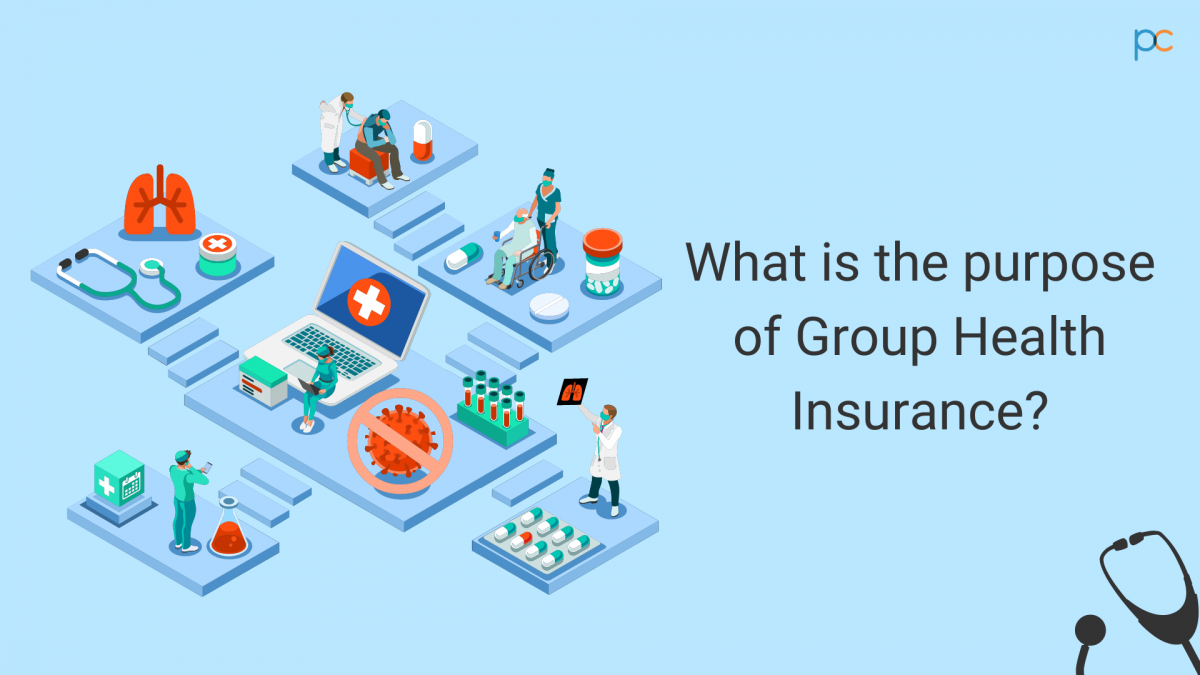What Does Pacific Prime Mean?
What Does Pacific Prime Mean?
Blog Article
The Ultimate Guide To Pacific Prime
Table of ContentsThe smart Trick of Pacific Prime That Nobody is DiscussingThe smart Trick of Pacific Prime That Nobody is DiscussingSome Known Incorrect Statements About Pacific Prime Pacific Prime Can Be Fun For AnyoneThe Definitive Guide for Pacific Prime

This is because the information were collected for a period of solid financial performance. Of the estimated 42 million individuals that were without insurance, just about concerning 420,000 (about 1 percent) were under 65 years of age, the age at which most Americans come to be eligible for Medicare; 32 million were grownups in between ages 18 and 65, about 19 percent of all adults in this age team; and 10 million were children under 18 years of age, regarding 13.9 percent of all youngsters (Mills, 2000).
These price quotes of the number of persons without insurance are created from the yearly March Supplement to the Current Population Survey (CPS), carried out by the Demographics Bureau. Unless otherwise kept in mind, national estimates of people without health insurance coverage and percentages of the populace with different sort of protection are based upon the CPS, one of the most widely made use of resource of price quotes of insurance protection and uninsurance rates.
The Ultimate Guide To Pacific Prime

Still, the CPS is particularly beneficial since it generates annual quotes relatively quickly, reporting the previous year's insurance policy protection estimates each September, and because it is the basis for a constant collection of quotes for even more than twenty years, permitting analysis of patterns in insurance coverage in time. For these reasons, along with the extensive usage of the CPS in other research studies of insurance protection that exist in this report, we rely on CPS price quotes, with restrictions kept in mind.

The estimate of the number of without insurance people broadens when a population's insurance standing is tracked for several years. Over a three-year duration starting early in 1993, 72 million individuals, 29 percent of the united state population, were without coverage for at the very least one month. Within a single year (1994 ), 53 million individuals experienced at the very least a month without insurance coverage (Bennefield, 1998a)
6 out of every ten without insurance adults are themselves employed. Although working does look at this website boost the possibility that and one's member of the family will have insurance policy, it is not an assurance. Also members of households with two full time wage income earners have nearly a one-in-ten possibility of being uninsured (9.1 percent uninsured price) (Hoffman and Pohl, 2000).
The 9-Minute Rule for Pacific Prime
New immigrants represent a substantial percentage of individuals without health insurance policy. One evaluation has associated a considerable section of the recent growth in the dimension of the united state without insurance populace to immigrants that showed up in the nation between 1994 and 1998 (Camarota and Edwards, 2000). Recent immigrants (those who concerned the United States within the past four years) do have a high rate of being uninsured (46 percent), however they and their kids represent just 6 percent of those without insurance policy country wide (Holahan et al., 2001).
The connection in between medical insurance and accessibility to care is well developed, as recorded later on in this phase. Although the partnership between health insurance and health outcomes is neither direct neither simple, a substantial professional and wellness solutions study literature links medical insurance coverage to improved accessibility to care, much better top quality, and enhanced personal and populace wellness standing.
Levels of evaluation for taking a look at the effects of uninsurance. It concentrates specifically on those without any type of wellness insurance coverage for any kind of length of time.
Pacific Prime for Dummies
The troubles encountered by the underinsured remain in some respects similar to those dealt with by the without insurance, although they are generally less severe. international travel insurance. Uninsurance and underinsurance, nonetheless, include noticeably various policy issues, and the strategies for resolving them might differ. Throughout this research and the 5 reports to follow, the major emphasis gets on persons with no medical insurance and thus no aid in spending for health and wellness care past what is available through charity and safeguard establishments
Health and wellness insurance is an effective aspect affecting invoice of treatment since both patients and doctors reply to the out-of-pocket price of services - https://www.dreamstime.com/pacificpr1me_info. Health and wellness insurance coverage, nonetheless, is neither necessary neither enough to get to medical services. The independent and straight effect of health insurance coverage on accessibility to health solutions is well developed.
Others will certainly acquire the healthcare they need also without health insurance policy, by paying for it expense or seeking it from providers that offer treatment complimentary or at highly subsidized prices. For still others, medical insurance alone does not guarantee invoice of treatment as a result of various other nonfinancial barriers, such as a lack of wellness care suppliers in their community, restricted access to transportation, illiteracy, or etymological and social distinctions.
Some Of Pacific Prime
Formal research about without insurance populations in the United States dates to the late 1920s and early 1930s when the Committee on the Expense of Medical Treatment produced a series of records concerning funding physician office sees and hospitalizations. This concern came to be significant as the varieties of medically indigent climbed during the Great Depression.
Report this page